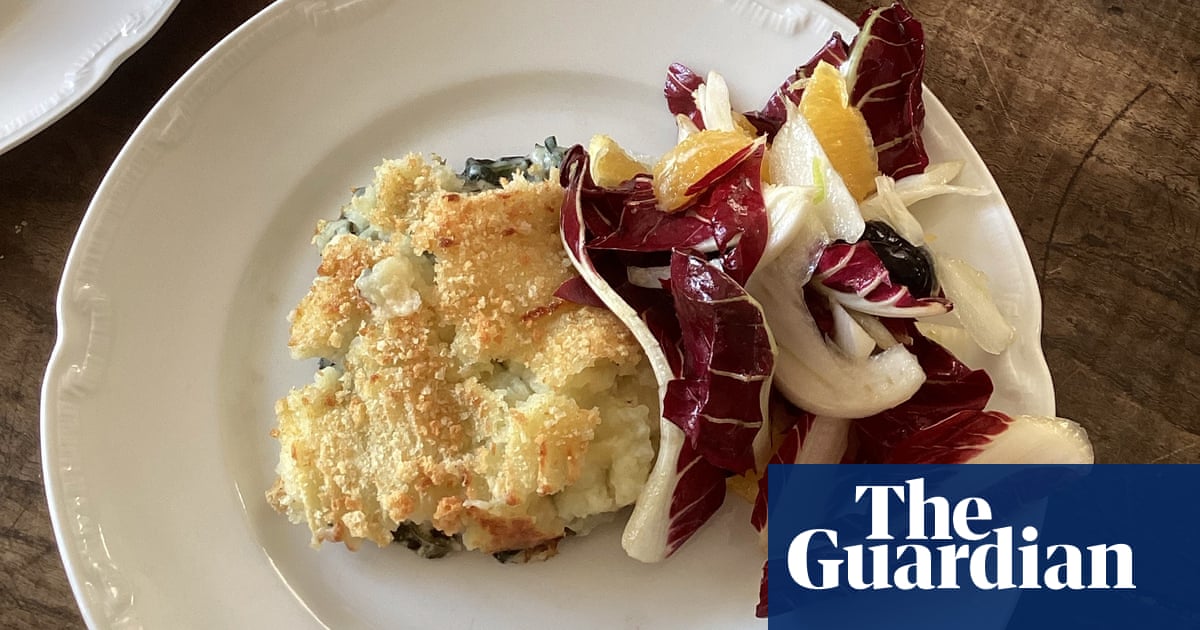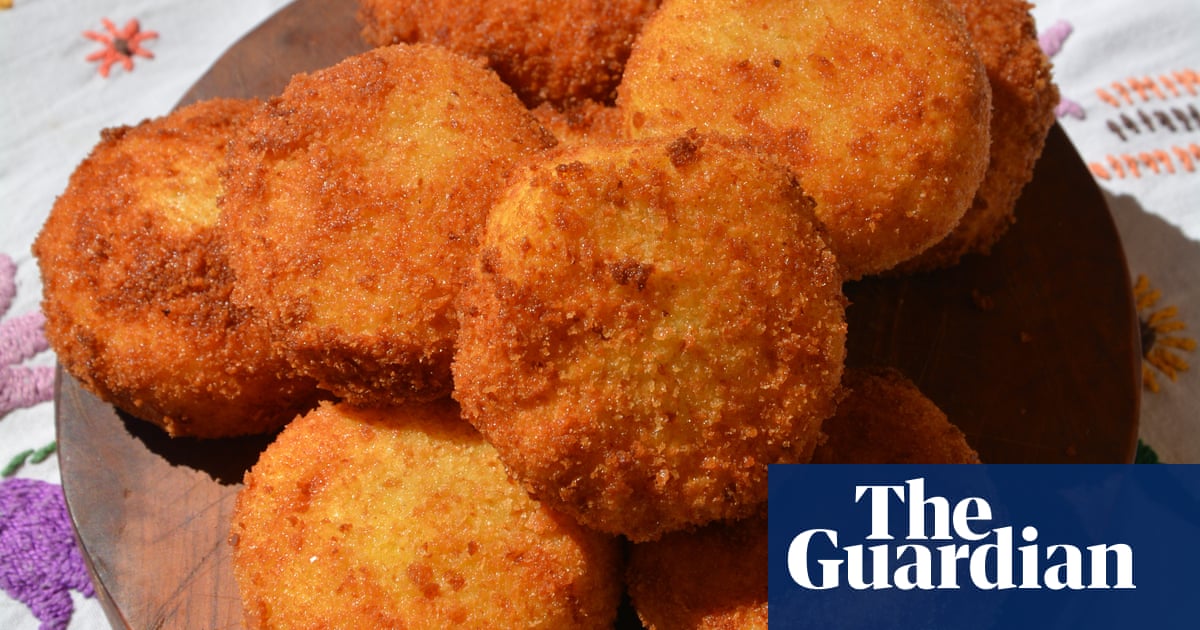
ith joyful inventiveness,” is how food historian Gillian Riley describes the way Vincenzo Corrado wrote about food. She also notes his “fresh flow of ideas”, “subversive and endearingly individual way”, and his ability to “convey a complex recipe in three or four lines”. I admire these same qualities in Riley’s own lively and scholarly writing, and especially in her masterful The Oxford Companion to Italian Food, which is where I met The Gallant Cook.
Born in 1738, in Oria in Puglia (then part of the Kingdom of Naples), little is known about Corrado’s childhood except that it was humble, and that, after his parents’ death, he possibly went into the service of an aristocrat. At 17, he entered a Celestine monastery that allowed him an excellent education and, later, to travel all over the Italian peninsula with senior clergy, feeding his curiosity about food and collecting recipes as they went. Monastic life also took Corrado to Naples, which at the time was the densely-populated centre of the Spanish-ruled kingdom and, for the wealthy, the pleasure capital of Europe.
Corrado took up the position of capo dei servizi di bocca (head of mouth services) at the court of the Prince of Francavilla. Working with high-status cooks known as monzù (a Neapolitan corruption of monsieur), who specialised in French- and Spanish-style dishes, Corrado was responsible for planning fantastically elaborate banquets. And that is what makes his first book, Il Cuoco Galante, all the more extraordinary, and a landmark in the invention and development of Italian food. While it was written within the structure of French cuisine, it brims with distinctively Italian flavours and textures inspired by his travels and the city he loved. So, French bisca, budin, gattò and bignè sit beside calamaretti fritti, cardoni alla Parmegiana, genovese, timballi, gnocchi, lasagne and vermicelli – prototypical recipes for colloquial dishes that would become classics of Neapolitan cooking.
Also, tomatoes Italian-style, which brings us to Corrado’s third (and my favourite) book, Del Cibo Pitagorico (About Pythagorean Food). Written in 1781, and influenced by the fashionable cult of vegetarianism in Europe at the time, Corrado’s treatise is hardly the frugal diet suggested by Pythagoras, but a passionate vegetable manifesto involving a discreet amount of bacon, stock, bone marrow and chicken. This book, and his 1798 treatise on the potato, are also significant in that they document the assimilation of tomato and potato – glories from the Americas that were still largely misunderstood – into the traditional cooking of southern Italy. As well as presenting the potato as “meal” for dough, Corrado “reveals” 50 ways to cook it, including frittate and mashed potato cakes. He offers 12 recipes for tomatoes, always with the skins and seeds removed, including two for sauce: a colì (from colare, “to strain”) and a salsa of tomatoes, oil, herbs and broth, also sieved. In the list of uses for this universal salsa are meat, fish, eggs and pastas, although there is only a fleeting mention of such a meeting.
Potatoes and tomatoes do meet: potatoes stuffed with rice and egg are served with tomato colì, as are boiled potatoes. In the same way that Corrado invents, he invites his reader to do the same, so I mix his tomato and onion frittata with his potato one.
The year 1799 also saw the creation of the Repubblica Napoletana and the start of a tumultuous period for the city. Corrado lived long enough, writing a little, to see stability return and a great deal of his take on Neapolitan cuisine become standard. He died aged 98 in 1836.
Potato, tomato and onion frittata
Makes 8 slices
1kg potatoes, peeled and halved
A bunch of spring onions, trimmed and bulbs and green diced
Olive oil
250g tomatoes, peeled and roughly chopped
Handful basil or parsley (or a mix), chopped
Salt and pepper
2 eggs, lightly beaten
2 tbsp grated pecorino or parmesan
Watercress, to serve
Boil the potatoes in well-salted water until tender, then drain. Mash or pass through a potato ricer.
In a frying pan, fry the onion in four tablespoons of olive oil until it starts to turn translucent. Add the tomato, herbs and some salt, and cook for 10 minutes, mashing them with the back of a spoon to make them sauce-like (you could also pass the sauce through a food mill for a smoother texture, but it is not necessary).
Add the tomatoes and onion to the potato, leave to sit for 10 minutes, then add the eggs, cheese and salt and pepper to taste.
Press the potato-and-tomato mixture into a well-oiled frying pan, then leave to form a crust underneath. Flip and brown the other side, then invert on to a plate. Serve warm or at room temperature with a watercress salad and any leftovers in a sandwich.












